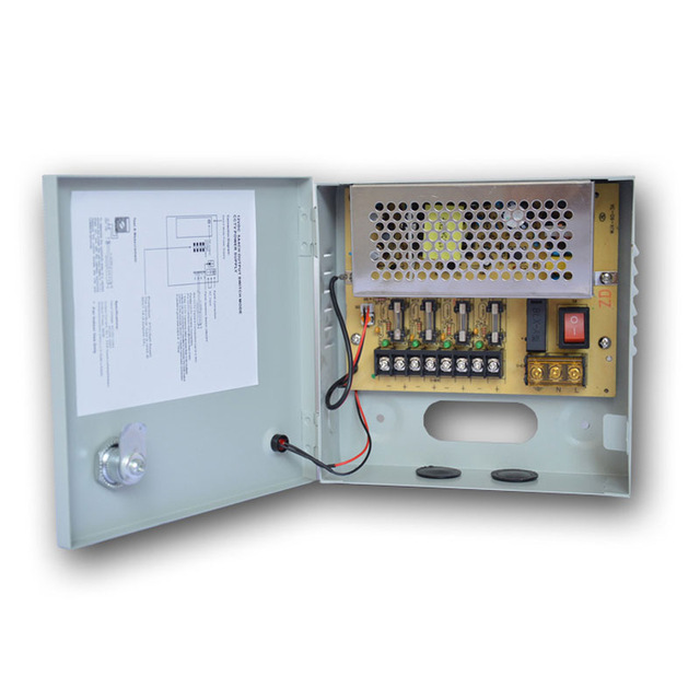

Sulfation occurs when lead sulfate forms on the internal plates and reduces or even halts the battery’s ability to accept and hold a charge. It’s likely that the majority of RV batteries succumb to sulfation, rather than actually being worn out, or dying of old age. Related article: RV Battery Basics: A Beginner’s Guideīatteries have become quite expensive, and faulty charging by the converter can be both inconvenient due to loss of power, and costly in terms of ruining batteries.

Modern multi-stage charging circuits typically include four operation modes: boost, normal, equalization and storage (or float).
#Power converter box full
Some converter models supply only a fixed voltage of around 13.2 volts, which prevents batteries from reaching full charge and also shortens their service life. They don’t have the sophisticated internal circuitry to properly charge and condition batteries. Many basic single-stage converters, typically found in older and lower-priced coaches, are still in use. This electricity supplied by the converter can take the place of the power from the batteries, and can also recharge them. When you are connected to campground power or running off a generator, the power converter changes the 120 volt AC power to 12 volts DC, which is compatible with the low-voltage electrical system and batteries. Top left: Parallax Series 7300 top right: Iota Engineering DLS Model bottom left: Progressive Dynamics Model PD9250c bottom right: Xantrex Truecharge 2-40a


 0 kommentar(er)
0 kommentar(er)
